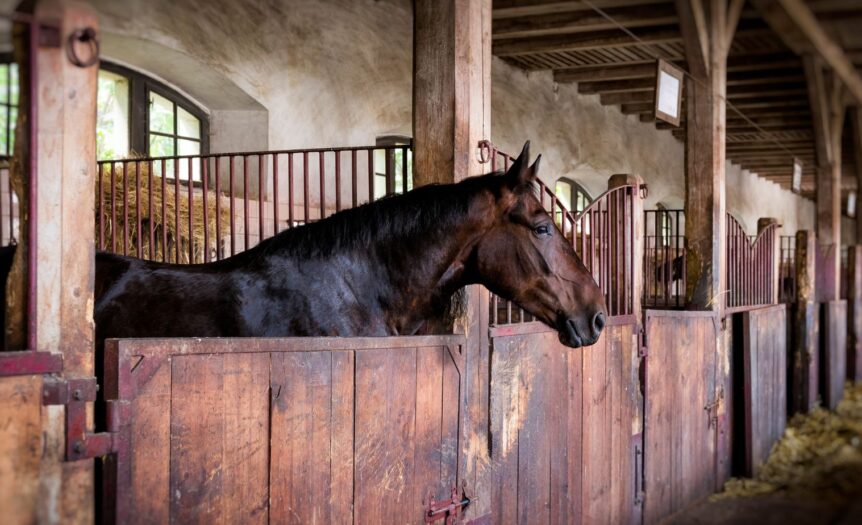Even though building a stable for a horse might sound like a simple project, it may present as many pitfalls as building your own house. Yes, that’s right. The building might not be as complicated as building a house, but there are certainly a few things that you need to consider before starting your stable project.
You need to think about location and accessibility to water and food (just to make the job easier for you), temperature and isolation, shade or sunny places, size, construction materials, building permits, and many other things.
Owning a horse is money and time-consuming, and you need to be prepared for such a journey.
It is quite a project, but don’t let this scare you. Having a stable for a horse is a great way to bring liveliness to your property.
Let’s dig a bit deeper into all the steps you need to take in order to find the best horse picks for today in what concerns stable construction and design.
Obtain Planning Permission
Before you start dreaming about barn designs and paint colors, there’s a crucial step you can’t skip: planning permission. It’s like the first hurdle in a steeplechase—you’ve got to clear it to move on.
Most regions require you to obtain permission before building, especially if your stable is for commercial use.
Consult with your local planning office to avoid any future headaches, and while you’re at it, have a chat with your neighbors. It’s an excellent opportunity to address any potential concerns about noise or smell right from the get-go.
They will take a look at your property, see its accessibility, whether or not it will disturb the neighbors, and many other things before you are granted permission to build your stable.
The Foundation of Success
With permissions in hand, it’s time to focus on the base of your stables. It’s not just about laying a slab of concrete down; it’s about setting the stage for the entire structure.
Think long-term and invest in quality from the start. Consider the size of your horse boxes, with the golden rule being the bigger, the better.
A 12ft by 12ft stable might be standard, but if you’ve got a horse over 16hh, they’ll thank you for the extra room.
The size of your stable is really important. The horse needs the necessary room to move, and for you to do all the required things like grooming, feeding, brushing, etc. So, the horse stable should be at least 3mx3.5, with a roof height of 2.5m. It is best to give your horse as much room as it needs, and building a higher floor will allow a greater volume of air to dilute ammonia from urine.
In other words, your horse should have enough room to lie down, stand up, and move about. The best practice is to build a stable slightly bigger than you already need.
Ventilation and Lighting
Ventilation is not just a luxury; it’s a necessity. Ammonia from urine can be harmful, so high-level vents and a high-pitched ceiling will ensure a healthy air flow to dilute any unwanted smells.
And don’t forget about lighting. Natural light isn’t just cost-effective; it’s also a mood booster for your horses. Consider large doors and windows strategically placed to maximize light and air circulation.
As for artificial lighting, try to think green right from the start. Install solar panels that can use the energy from the sun to light up the stable at night.
Storage Unit
Most people make the same mistake of building the stable without a storage unit or in other words, they focus only on the horse. In this case, you’ll need to bring the gear to the stable every day or find an inconvenient space for keeping it.
Therefore, when you are planning the design of your stable, try to include a storage unit just so you can keep all your horse equipment.
Stall Design and Features
When it comes to stall design, the details matter. Wall types, door designs, and even the type of lumber you use can significantly affect the safety and comfort of your equine friends.
For instance, stall walls can be solid or partially grilled, depending on your horses’ temperament and socialization needs.

Sliding doors are preferred for safety and ease of use, and don’t forget about incorporating a feeding box to prevent any food-related disputes among stablemates.
Walkway
Every stable needs a walkway. Why? Well, first of all, it is a place outside of your stable that will be dry on rainy days, it gives horses extra protection from the weather and prevents all the mud from ending up in the stable.
This should be pretty easy. You only need to cover 2-3 meters in front of the stable with a concrete floor and a roof.







